Areas and lines of research
The R+D+i work carried out by BioKeralty is carried out thanks to its participation in projects at a national and international level in collaboration with various strategic partners and entities. Our research work encompasses a wide variety of areas within which different lines of research and projects can be identified.
Nanotechnology
For several years, BioKeralty has worked in the Nanotechnology area, being one of its strategic lines due to its great potential and health and medical care challenges related to. This experience has allowed BioKeralty to position itself at the forefront of European research in this field, reaching the presidency of working groups such as the Nanotherapeutics of the ETPN. Currently, research in this field is aimed at the nanoencapsulation of different active molecules in lipid nanoparticles (NLC-Nanostructured Lipid Carriers), at reducing the uncertainties of the potential impact of nanomaterials on health and at supporting the development of a regulatory framework providing sound advice based on science.
The most relevant projects are:
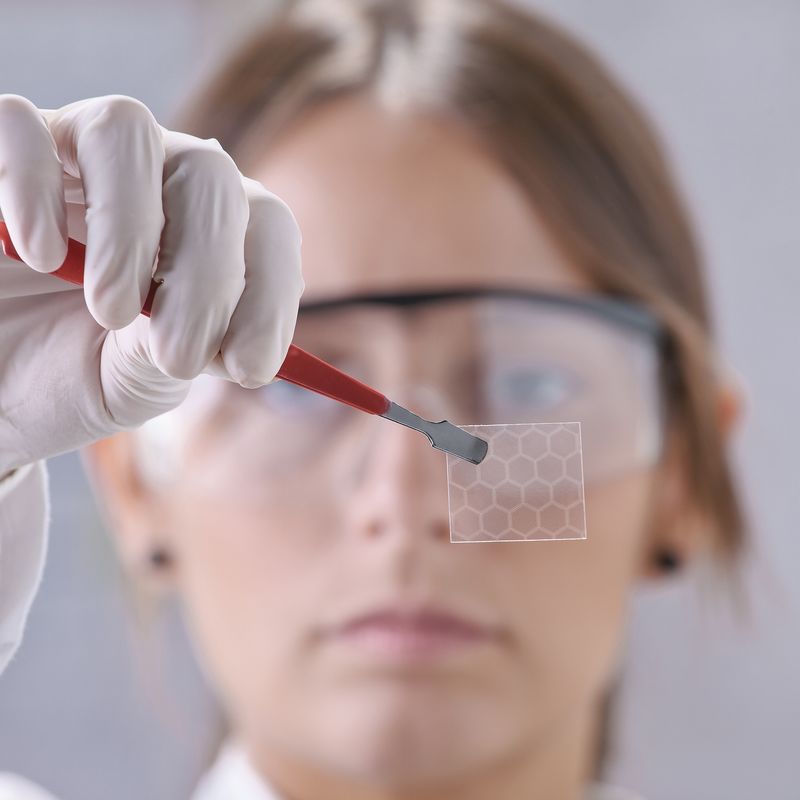
Research areas and projects:
Line 1: Nanoformulations for controlled release
The projects developed under this line of research are:
- Project 1: Berenice-Research Group in Nanomedicine and Innovation in Chagas Disease (H2020): the objective of the project seeks to establish a reformulation of an existing drug, Benznidazole, obtaining a safer toxicity profile, increasing its efficacy, improving its cost-benefit ratio and reducing its side effects.
- Project 2: Smart4Fabry-Functionalized GLA Nanoformulation for Fabry Disease (H2020): the project purpose is to obtain a definitive nanoformulation capable of encapsulating the GLA enzyme. Thus, it is intended to arrive at future clinical trials with a solid proof of concept in the preclinical setting to demonstrate that Nano-GLA has a greater capacity to reach the affected organs and a lower elimination rate than free GLA. The new nanoformulation containing encapsulated GLA is expected to allow a significant increase in efficacy (30-80% higher) compared to the current ERT containing free GLA.
- Project 3: Theraglio-Microbubbles for multimodal imaging and theragnostic of gliomas (H2020): the objective is to develop combined imaging technologies for diagnostic and personalized interventions in patients with malignant glioblastomas (GM). The research has been carried out by creating a novel multimodal imaging system that uses new generation microbubbles (MB) and that can act simultaneously as a contrast agent for magnetic resonance imaging (MRI) or intraoperative ultrasound (US), including a Contrast Enhanced Intraoperative Ultrasound (CEUS) and an Intraoperative Fluorescence Microscopy Guided Resection of GM.
- Project 4: Nanoplatform (ELKARTEK): development of a nanotechnology platform for its application in the biomedical field.
- Project 5: Nanogrow (HAZITEK): creation of innovative and effective tissue substitutes based on combined technologies of cell therapy, nanotechnology and additive manufacturing.
- Project 6: Nanogrow (RETO): creation of innovative and effective bioengineered cornea substitutes based on combined cell therapy and nanotechnology technologies.
- Project 7: NanoGSkin (EURONANOMED):: cross-sectional tissue engineering and nanomedicine approach to improve chronic wound therapy.
- Project 8: TAT-CF (H2020): new therapeutic approaches for the treatment of cystic fibrosis based on small transmembrane anion transporter molecules.
- Project 9: Nocanther (H2020): introduction and scaling up under certified conditions of a nanoformulation based on magnetic nanoparticles for a combined therapy against locally advanced pancreatic adenocarcinoma. The project is currently in the clinical trial phase.
Line 2 – Platforms
- Project 1: Refine-Regulatory science framework for medical products and devices based on nano (bio) materials (H2020): the REFINE project proposes a regulatory science framework for the risk-benefit evaluation of medical products and medical devices that are based on nanomedicines and biomaterials. The center of this framework is the development of a product-specific decision support system that identifies the most efficient way to deliver the data required by regulation using the most appropriate methods.
- Project 2: Safe-N-Medtech (H2020): its objective is to develop an innovative platform that offers companies and reference laboratories the capacities, knowledge, networks and services necessary for the development, testing, evaluation, scaling and knowledge to market analysis of medical and diagnostic devices based on nanotechnology.
 Primary care
Primary care Cancer
Cancer Chronic and neurodegenerative diseases
Chronic and neurodegenerative diseases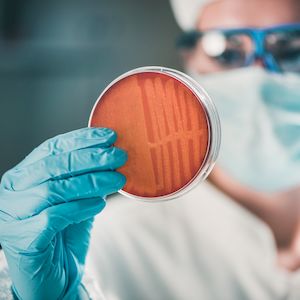 Infectious diseases
Infectious diseases E-health
E-health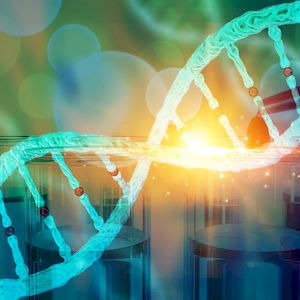 Genomics and personalized
medicine
Genomics and personalized
medicine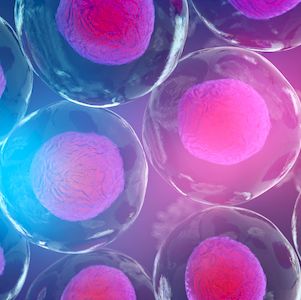 Regenerative medicine
Regenerative medicine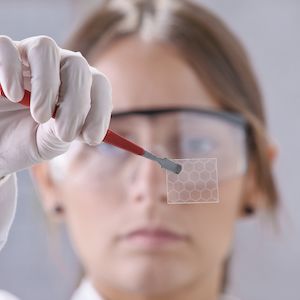 Nanotechnology
Nanotechnology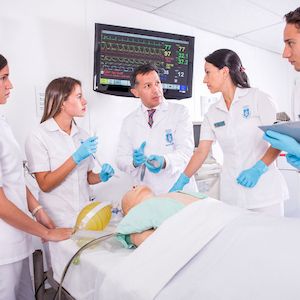 Education
Education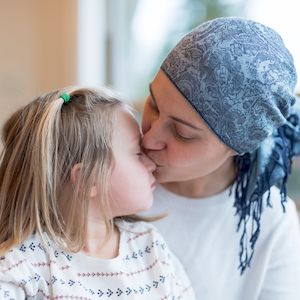 Community
Community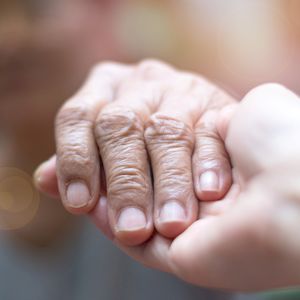 Social
Social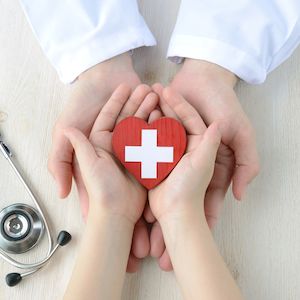 Health value
Health value